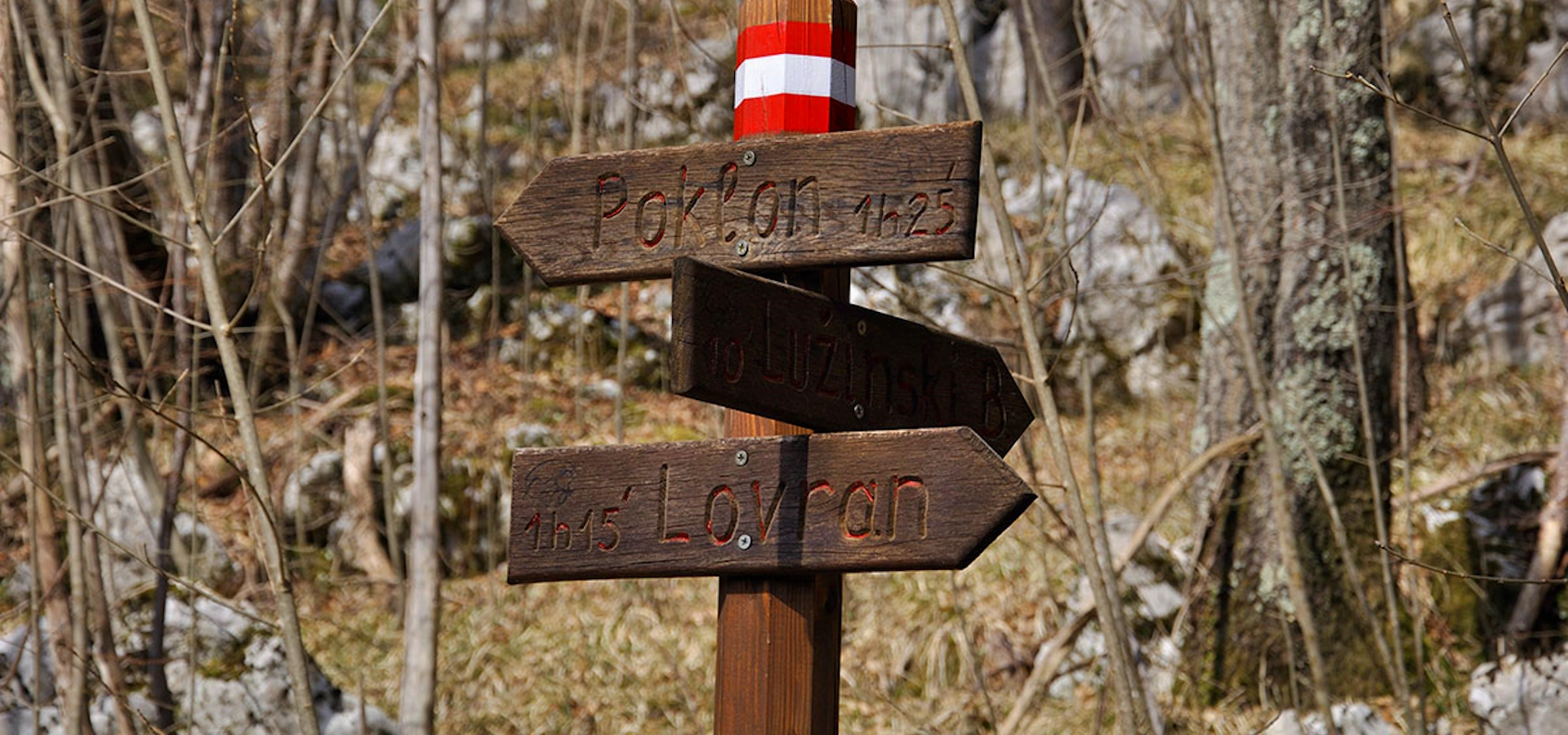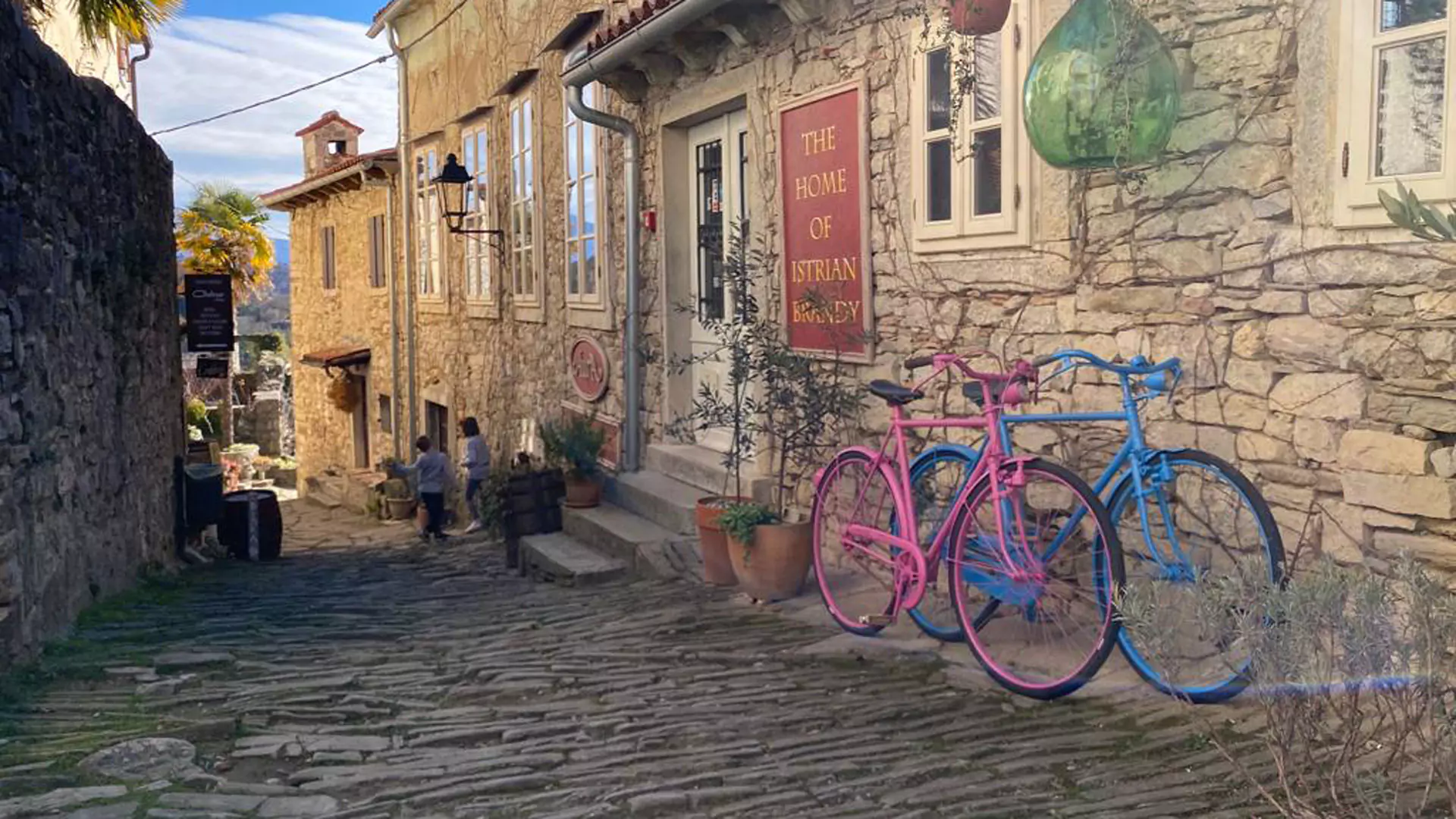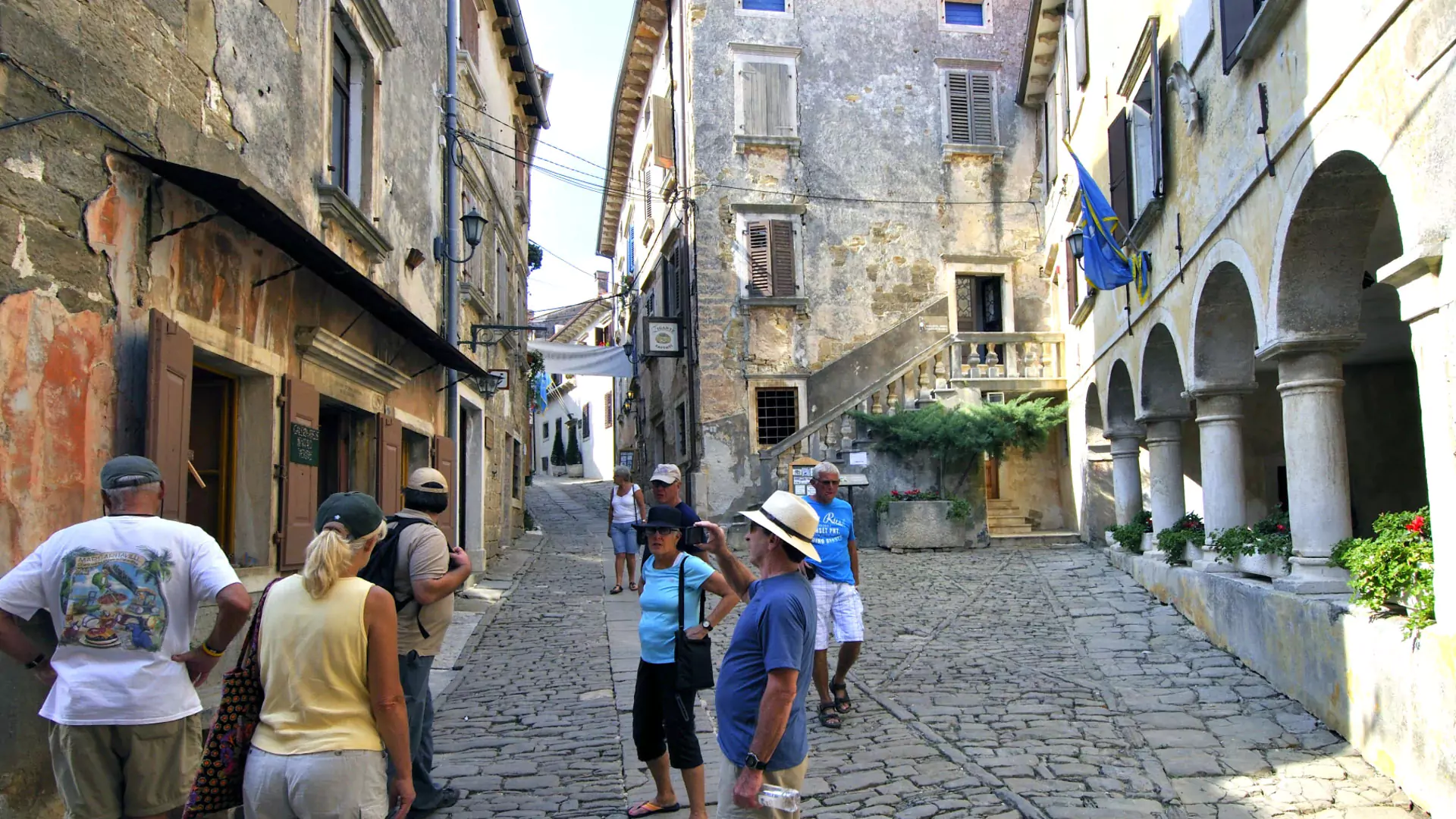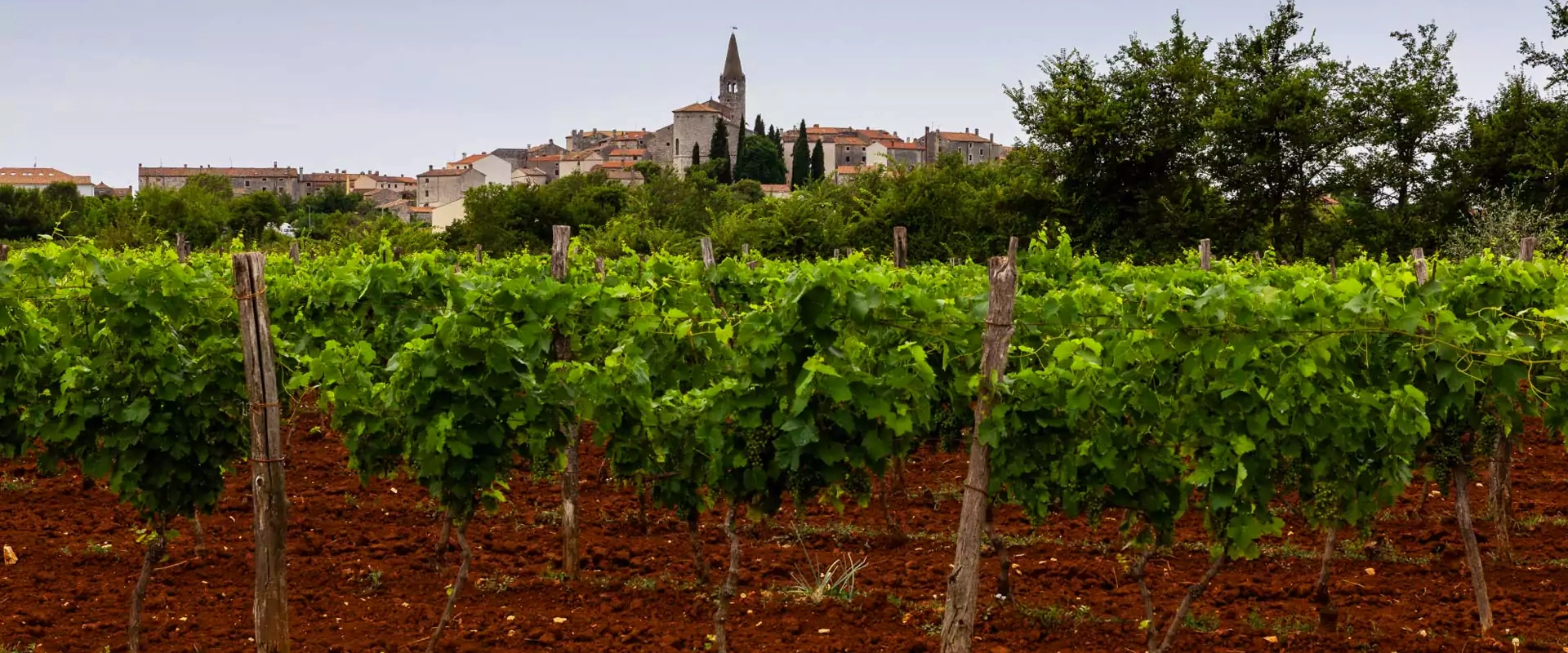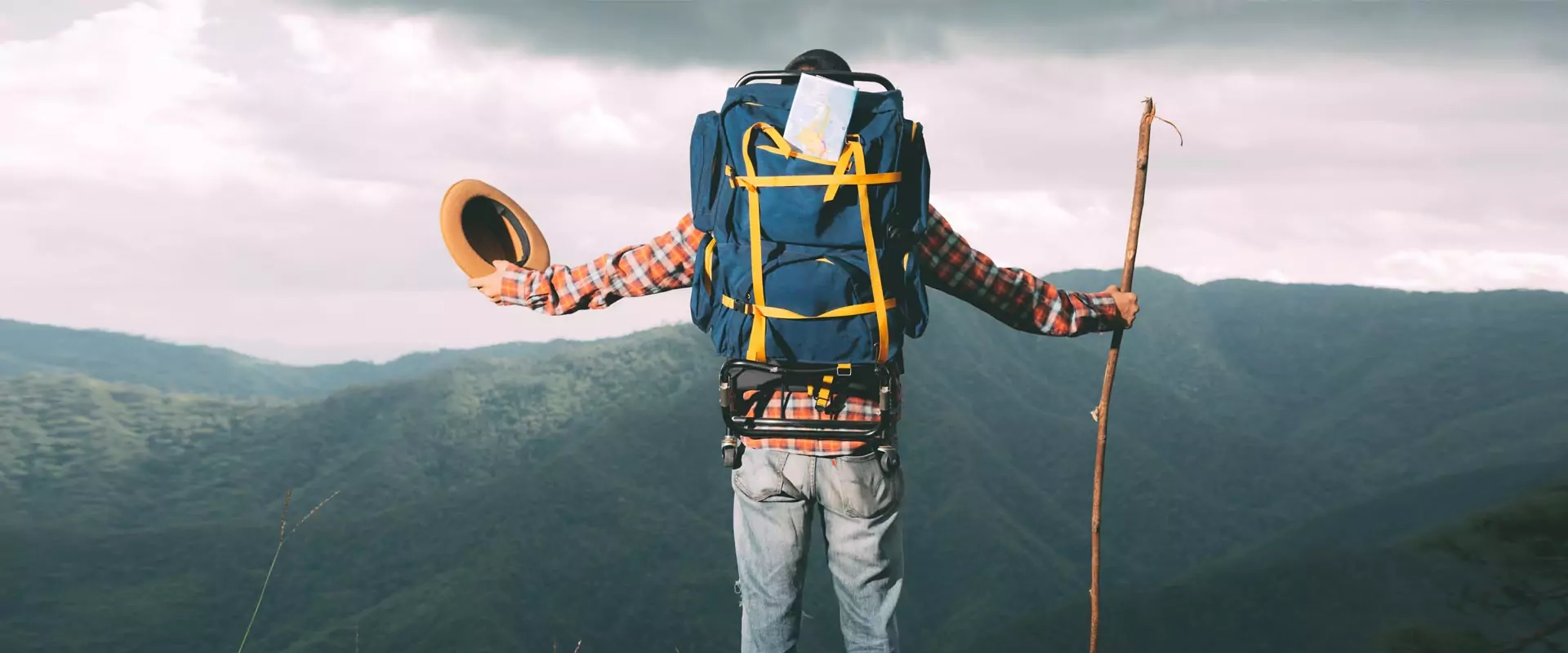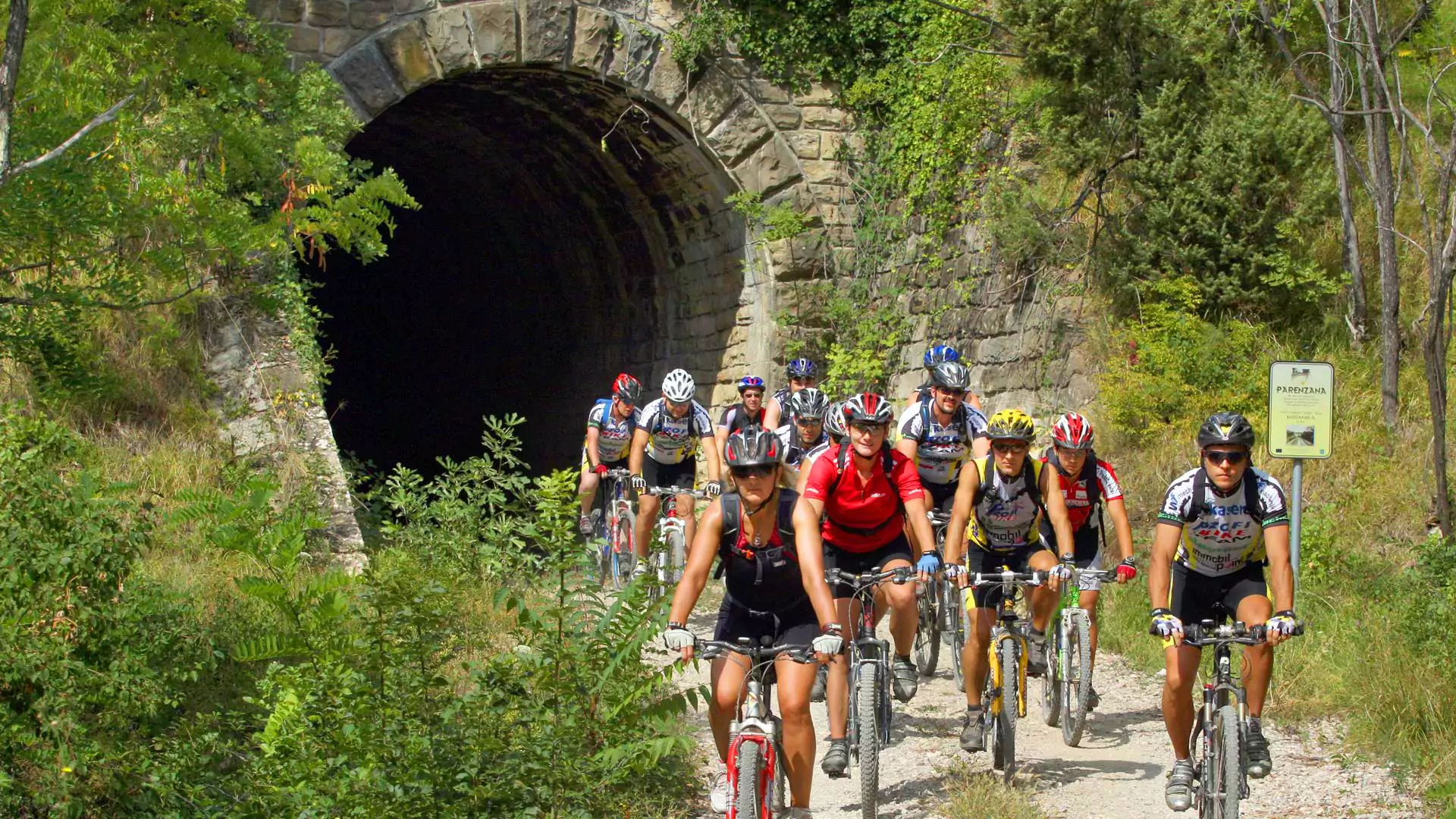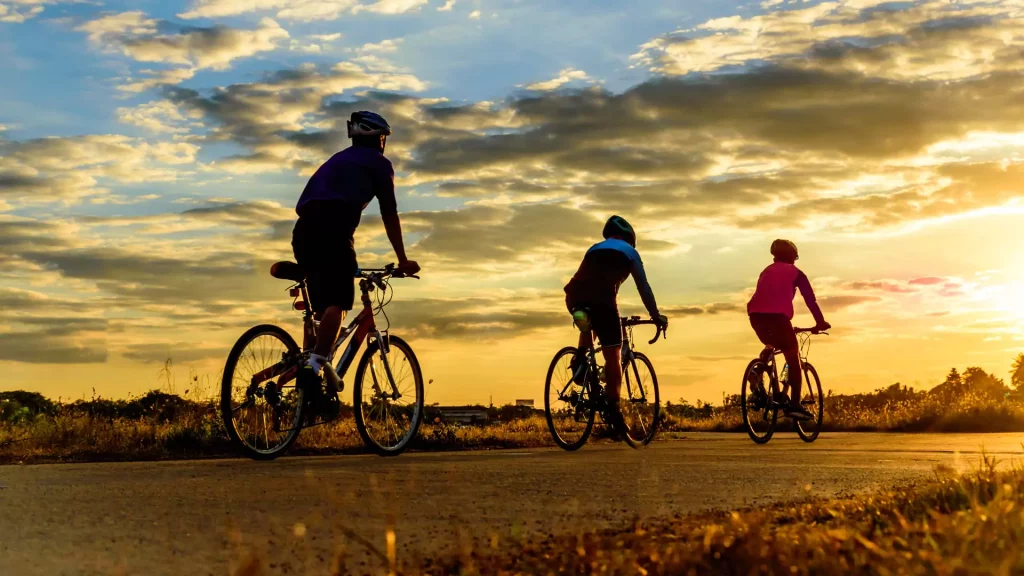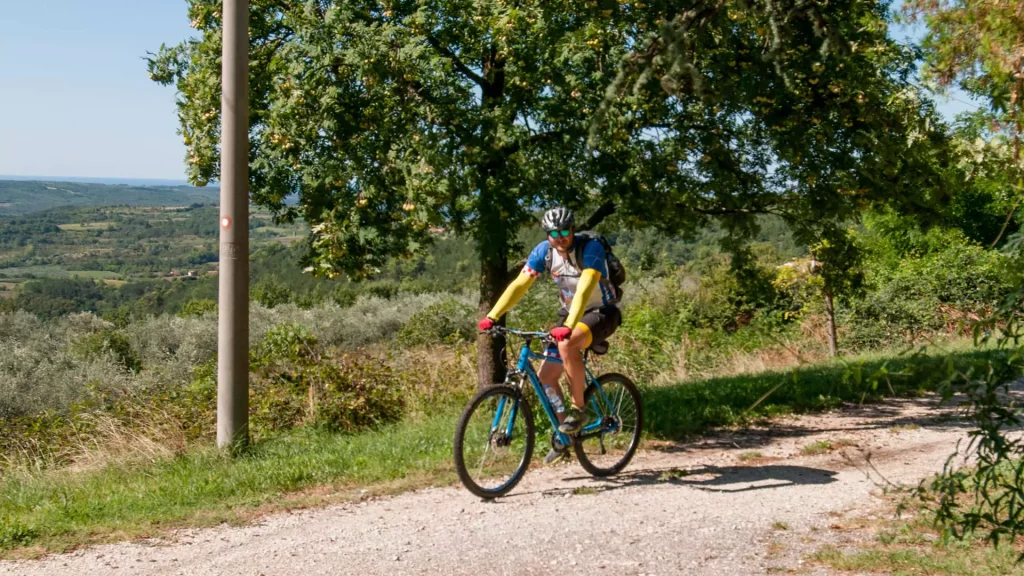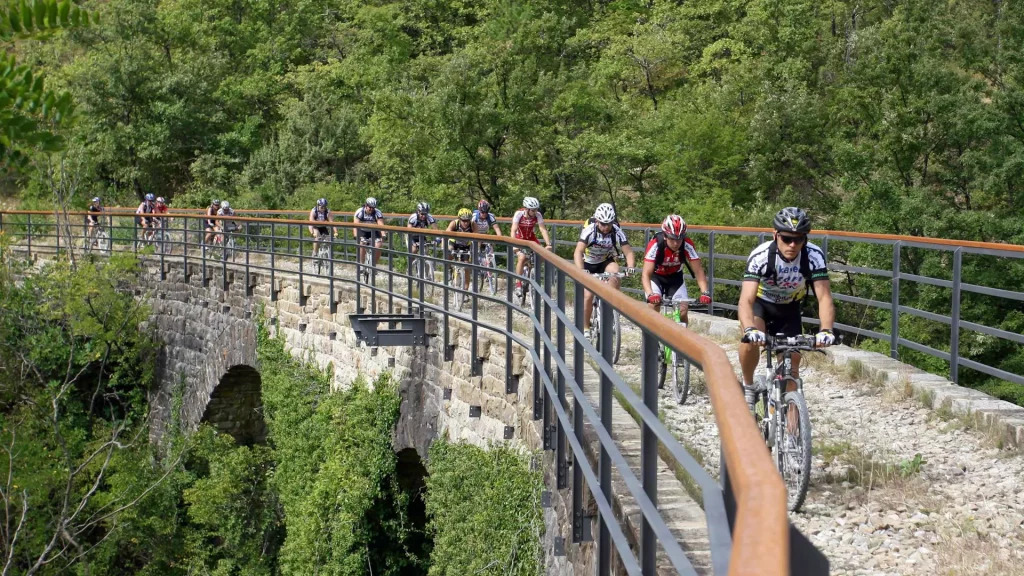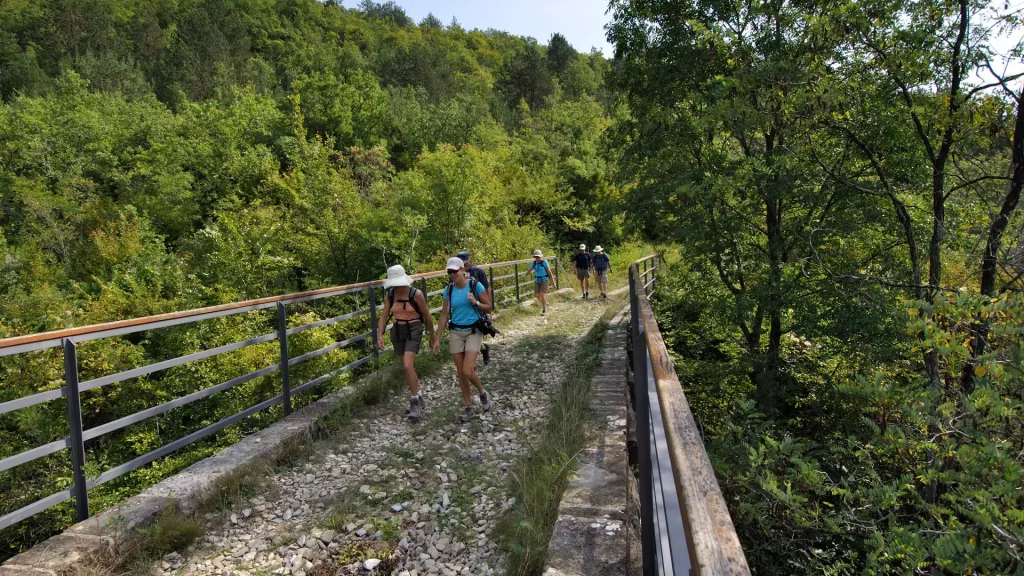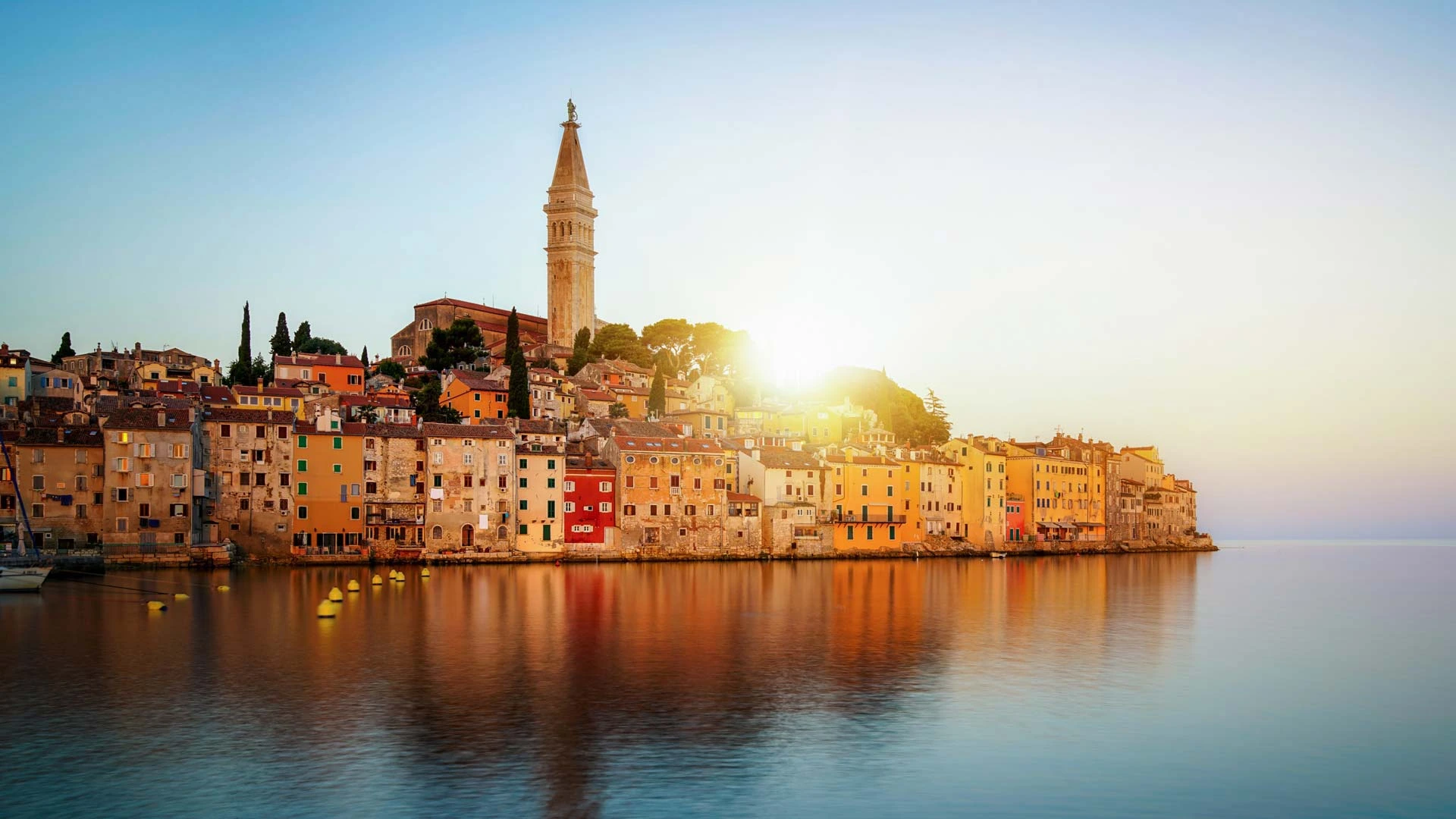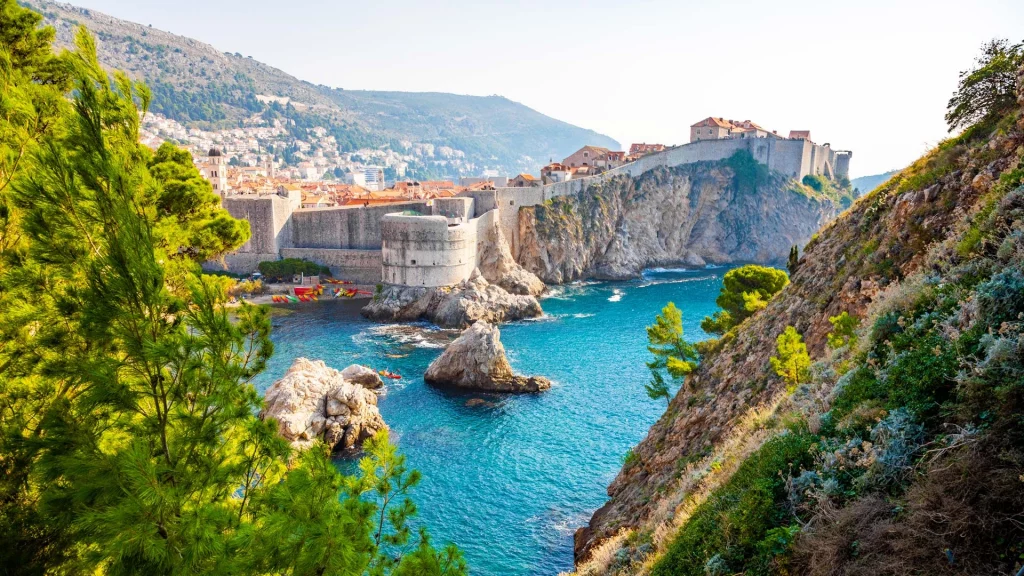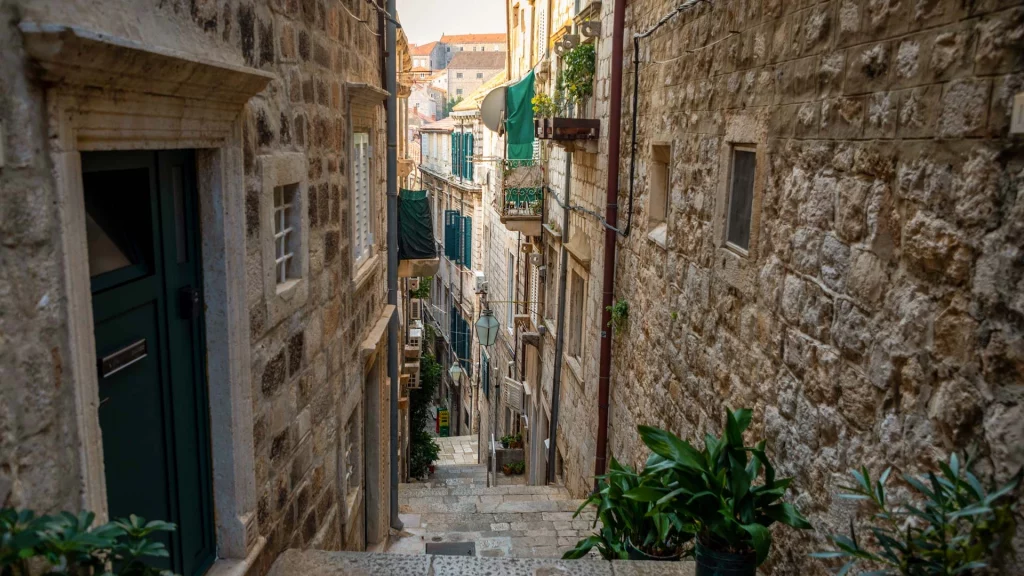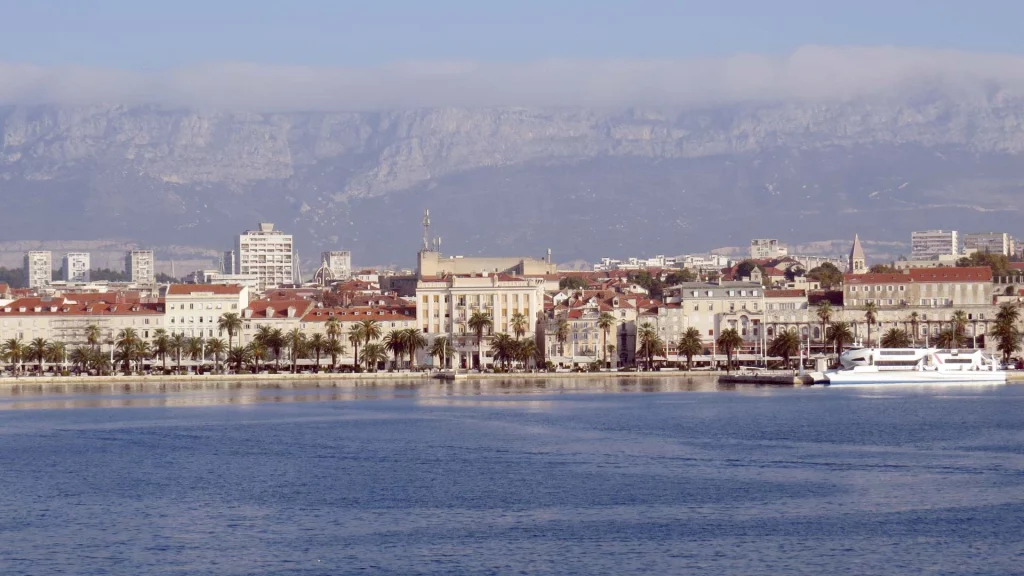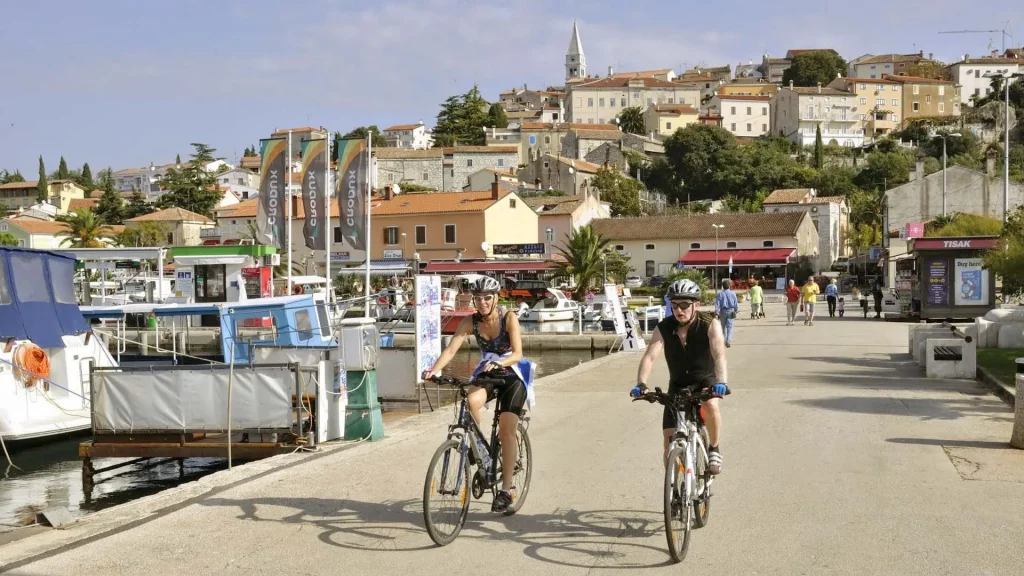Why self-guided tours? With self-guided travel around the chosen destination, You’ll get optional cost value and notable experience.
What is a self guided tours?
A self-guided cycling or self-guided walking tour is a kind of organized travel intended for independent travelers. The main feature of such a trip is the individual journey, without the assistance of the guide provided by the agency.
The full package of a self-guided trip is between independent and package trips. If you book tours with the full self-guided package, the travel agency will book and arrange the trip for you. However, you will travel on your own, without the guide provided by your travel agency.
Depending on the offer, the agency will choose and book all the attractions and hotels mentioned in the offer. All you need is to show up and follow the plan for the trip.
In general, this kind of holiday is perfect if you are not a fan of traveling in large groups. It gives you more freedom and flexibility than standard organized holidays.
If you are still thinking about whether your experience will be self-guided, be sure to consider the pros and cons in advance. These tips could help with your decision and research.
1. Independence, freedom, and flexibility
Freedom in research. Fiore Tours Agency takes care of all the details of travel and accommodation, leaving you free to enjoy your own guided walking tour and explore history and culture.
Of course, there aren’t that many guided tours. However, individual travel is not for everyone and it can be quite stressful with a lot of mistakes.
Who will like a full package self-guided tour?
With a self-guided holiday, you get the feeling of independence along with the safety of knowing that everything is organized and arranged for you.
A self-guided tour is for travelers who are looking for a vacation without much hassle and organization and not interested in traveling in large organized groups. Also for those who are not interested in a custom trip and are satisfied with the pre-prepared trip.
For example, if you like the itinerary offered by the agency but the chosen travel dates do not suit you. With self-guided touring, you get a sense of independence and know that everything is tailored for you.
Choose Your self guided tour travel time
The schedule is flexible – you can choose your travel dates. You do not need to fit into an organized travel schedule.
Croatia Adventure Holidays: Cycling vs. Walking – Which is Better?
Choose Your destination and routes
If you are not part of the trip that is planned in detail, you can apply your way of getting from point A to point B. Particularly if you are curious, you can always choose from different hiking routes to choose from mild to difficult tours, depending on how many days you would like to walk!
Choose Your travel companions
No matter how you travel, alone, as a couple, a group of friends, or with family, our guides give you the freedom to choose your travel companions.
For some people, traveling with a group of strangers can be daunting, as it is for some people individually. But many people say that when you go on a multi-day group tour, you start as strangers, but in the end, it’s like traveling with good friends.
Therefore, if you want to choose your travel buddies, then a solo tour is a great way to make it happen.
Travel at your own pace
Flexibility in travel is important! Guided tours often tie you to dates due to the arrival of a larger group of people. But with self guided tours, you can choose which day you want to start.
Create the tour itinerary of your choice, choose the stations to visit along the way, decide to stay a little for lunch. Start an hour early to capture the best times of the day, and stop where you want and however you want.
Your tour, your freedom! Tours can be great, but sometimes you want to be free to make your own decisions.
On vacation with your guide you get an expertly planned plan, but with more flexibility in choosing what you want. Spend more time somewhere and never worry about following a travel group.
2. Time and money savings
Exploring travel can be stressful. And sometimes you don’t have as much time to dig and dig until you find all the things you want to see, and all the things you want to do.
Most people like to travel, but not everyone likes to plan a vacation: finding accommodation, places to eat, things to do – it can all be a little tricky. That is why self-guided tours are a great choice! Of course, on vacation, you get tips from their guides, but also the opportunity to spend the day however you want.
All the bookings are done by the agency
Allow professionals to design your dream journey without fear of missing out on research.
Detailed trip documentation packs
Let us do the hardest work! Including all travel arrangements, itineraries, accommodation arrangements, detailed route notes, maps, destination guides, and emergency contact information.
Cost efficiency of self guided tours?
Optimize your travel costs. A travel guide is a great choice but sometimes too expensive. Smaller groups or solo travelers may not always be able to afford a guide, so self-guided tours can drastically optimize travel costs.
Rely on pre-booked transportation
Keeping a bus and train schedule on vacation can be quite a hassle and time-consuming. Because of this, trips usually come with pre-booked transportation. Detailed information on transportation routes, buses, and trains is also available on a standalone tour – always in the right place at the right time!
3. 24/7 support
We are localized in the region, so we are at your service if you need help. We provide in-country support with a 24/7 telephone line and emergency contact details.
Baggage transfers while walking
Leave your luggage with us. No need to pull your heavy backpacks from hotel to hotel. We will carry all your luggage between the hotels, leaving you free to enjoy your vacation on the walk.
Emergency support on self guided tours
When booking a travel experience, you can’t plan for everything, and sometimes things are just not in your control. The unexpected always has a way of happening, and that’s exactly what we hope for when traveling, a break from the mundane. For those times when things get out of hand, even on a self-guided tour, you can rest easy knowing that operator support is just a phone call away.
4. Accommodation on self guided tours
Selected accommodation. A selection of comfortable and hospitable hotels, from 2-star family hotels and traditional guesthouses to 4-star hotels with spa services.
All sites have been checked and their quality monitored regularly. The accommodation offers friendly service, clean and comfortable rooms, and local flavor. With a self-guided tour, you can book your accommodation before your trip begins.
Be sure to have a comfortable place for rest after a day of traveling.
5. Interaction with locals
If you are alone, there will not be as much social interaction as you would with a group guide, but do not rush to the conclusion that you will feel lonely as a result. It is true that when you are on a solo visit, you are free to interact with the locals of the area you are visiting, which is the best way to experience the Croatian tradition and hospitality of the locals.
6. Self-satisfaction and hedonism in exploring
The self-satisfaction that comes with completing a self-guided tour is far greater than a guided tour. You truly feel a sense of accomplishment as you have navigated your way along the trail of your choice.
The complacency that comes with completing guided tours is much greater than the guided tour.
You get the feeling of being a researcher as you navigate the path of your choice.
Follow expert advice
On the expert itinerary, the tourist guide is based on years of experience and knowledge of the destinations that will help you make the most of your time and ensure travel carefreely. Because of such convoluted guidance, the other thing you have at your disposal is expert support, that is, self-guided walking tours often come with luggage transportation.
Summary
Today, in these circumstances, as in many other benefits, self-guided travel is becoming increasingly popular with travelers who like to explore. What better way to soak up the fresh mountain air on self guided walking tours and self guided cycling around some of the most beautiful parts of Croatia?














